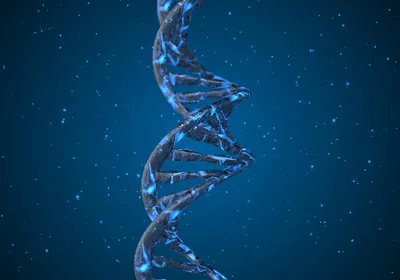ABOVE: © LUCY READING-IKKANDA
The body’s defense system against infection also fights tumors, generating tumor resident stem-like T cells and killer T cells that express inhibitory receptors such as PD-1. When PD-1 binds to PD-L1 or PD-L2 on tumor cells or other cells, T cell functions are subdued. Checkpoint blockade treatments interrupt this interaction. This allows stem–like T cells to proliferate and to produce new killer T cells that can now kill tumor cells.
Part of the body’s natural defense system against cancer involves dendritic cells taking up tumor-derived proteins and presenting them to antigen naive CD8+ T cells present in lymph nodes. The stimulated T cells can then migrate to the tumor.
In the tumor, chronic activation yields stem–like T cells and killer T cells that express inhibitory receptors such as PD-1. The binding of PD-1 to PD-L1 or PD-L2 ligands on tumor cells deactivates killer T cells and ...




















